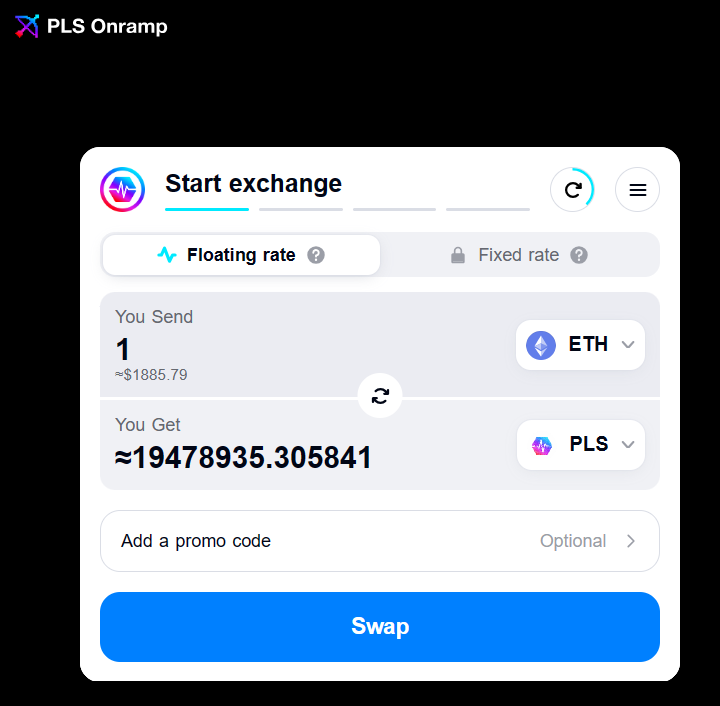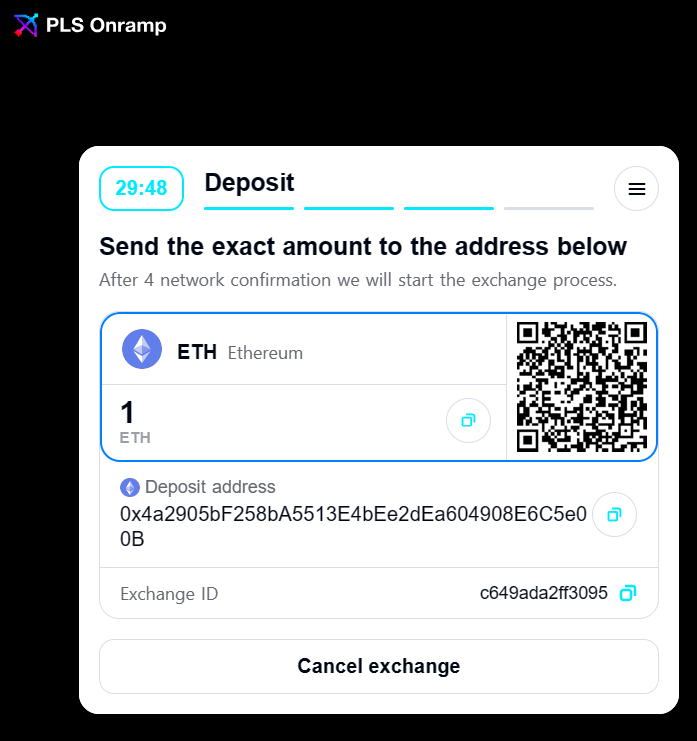PulseChain on-ramps
Why on-ramps to PulseChain are so important
On-ramps provide a user-friendly and intuitive way for individuals, including those without extensive technical knowledge, to enter the blockchain ecosystem. They lower the entry barrier by offering intuitive interfaces, simplified processes, and educational resources. Most of all, though, they allow users to enter and use a new chain, which isn’t possible without getting the gas coins for transactions. Every action has a cost, and having the possibility to exchange assets the user already owns for PLS is crucial.
The basic on-ramp is the bridge with Ethereum, but true adoption is when anyone can buy PLS with fiat like USD, EUR, etc. Fiat to PLS conversion functionality is vital in bridging the gap between traditional financial systems and blockchain, allowing users to enter the ecosystem by leveraging their existing fiat holdings.
On-ramps are important because they contribute to increased liquidity within the blockchain ecosystem. They provide channels for users to acquire and trade cryptocurrencies, bringing more participants and capital into the network. This liquidity is essential for vibrant markets, efficient price discovery, and fostering innovation in decentralized finance (DeFi) applications.
What is PLS Onramp
How does PLS Onramp work
- Choose a coin or token you want to exchange for PLS and enter the amount to send

- Paste in your PulseChain receiving address
- Add a destination tag (memo, message, etc) if required but for PLS it isn’t
- Enter and apply a promo code if you have one. Your bonus will be added to the total amount and displayed in the “You get” field
- Select between a fixed or floating rate and click “Let’s Exchange”. A fixed rate excludes slippage for 30 minutes, a floating rate may fluctuate.
- Confirm the transaction. If all the details are correct, click “Accept”
- You can add a refund address to which the funds will be returned if something goes wrong during the exchange process. You can also add your email address if you want to get a notification about the status of your exchange.
- Confirm
- Send the exact exchange amount to the deposit address. You can scan the QR code or copy the address. Make sure to add a destination tag if required.

- Request a receipt if needed; you can also sign up to track your exchange history

